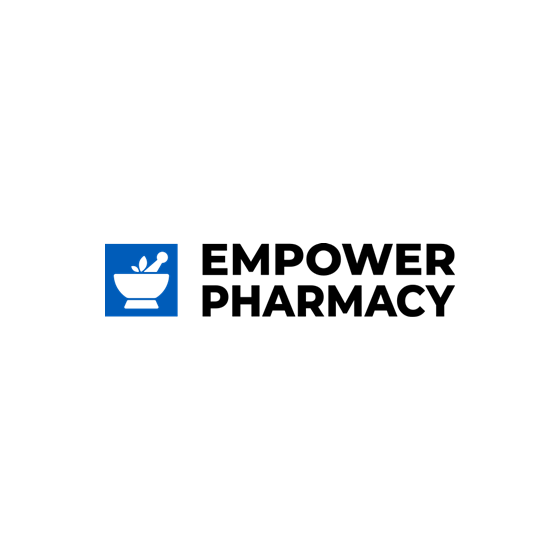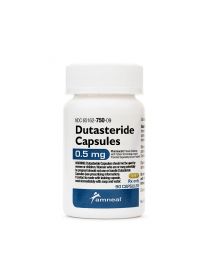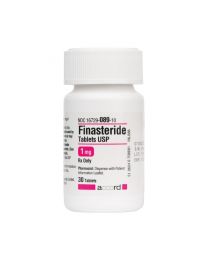- Home
- About
-
- < Products
-
- < By Brand
- Alastin Skincare
- AMP medical
- Biopelle
- CALECIM®
- CareFirst Specialty Pharmacy
- CLn Skin Care
- CO2Lift
- EltaMD
- Empower Pharmacy
- Glowbiotics
- Hillcrest Pharmacy
- HydroPeptide
- ISDIN
- Jan Marini
- Latisse
- MMSkincare
- Neocutis
- Nutrafol
- Obagi
- PCA Skin
- PHOTOZYME
- Qyksonic
- Revision Skincare
- Sente
- skinbetter science
- SkinCeuticals
- SkinMedica
- Upneeq
- VANIQA®
- Virtue Labs
-
- < By Product Type
- Acne Scarring
- Acne Treatments
- Anti-Aging
- Bath and Body
- Brightening
- Cleansers
- Eye Treatments
- Exfoliants
- Hair Care
- Hair Regrowth
- Hand Treatments
- Injectable
- Kits
- Lip Treatments
- Masks
- Moisturizers
- Neck Treatments
- Redness & Rosacea
- Retinoids & Exfoliants
- Scarring & Post-Procedure
- Thin Lashes
- Serums
- Skin Rejuvenation & Antioxidants
- Dietary Supplements
- Toners
- Sun Protection
- Contact Us
- Sign In
- Sign Up
Adapalene binds to specific retinoic acid nuclear receptors but does not bind to the cytosolic receptor protein.
Benzoyl peroxide exhibits antimicrobial effects against Propionibacterium acnes, which is the predominant organism in sebaceous follicles and comedones.
Clindamycin binds to the 23S RNA of the 50S ribosomal subunit of the bacteria, which inhibits protein synthesis.
$79.10
Adapalene
Adapalene is a topical retinoid-like drug for the treatment of mild to moderate acne vulgaris. Unlike tretinoin, adapalene is a naphthoic acid derivative and causes less skin irritation. Adapalene is more effective than tretinoin gel (0.025%) in the treatment of acne vulgaris.1 Adapalene is commercially available as a cream, lotion, or gel and is reported to be cosmetically appealing to most patients, according to clinical trial data. The drug was approved by the FDA on June 3, 1996.
Benzoyl Peroxide
Benzoyl peroxide is a topical acne product. Benzoyl peroxide exhibits antibacterial activity. It also has drying actions, sebostatic effects, and causes mild skin desquamation. Benzoyl peroxide improves both inflammatory and non-inflammatory acne lesions. Benzoyl peroxide is effective as a monotherapy in mild cases of acne and is used as an adjuvant in moderate to severe cases of acne. A study in the United Kingdom showed that an OTC 5% benzoyl peroxide topical formulation (Panoxyl Aquagel) was as effective as topical benzoyl peroxide/erythromycin combination and the oral tetracyclines minocycline and oxytetracycline for treatment of mild to moderate acne. Topical benzoyl peroxide and benzoyl peroxide/erythromycin combinations were not associated with propionibacterium antibiotic resistance which occurs with the tetracyclines.
Benzoyl peroxide has also been used in the off-label treatment of decubitus ulcers. Benzoyl peroxide is available as prescription and non-prescription products and is available in combination with erythromycin, hydrocortisone, and sulfur (see separate monographs for each of the combination products). The FDA has revised labeling requirements for all non-prescription (over-the-counter) topical acne products, including benzoyl peroxide, to ensure consistency with the standardized 'Drug Facts' formatting. Benzoyl peroxide is generally recognized as a safe and effective (GRASE) active ingredient in over-the-counter topical acne drug products.
Clindamycin Phosphate
Clindamycin is an antibiotic structurally similar to lincomycin, from which it is derived. Clindamycin traditionally has been considered an effective anti-anaerobic antibiotic, but it recently has been shown to be effective in combination with pyrimethamine in treating toxoplasmic encephalitis in patients with AIDS. Clindamycin was approved by the FDA in 1970 and is marketed as the hydrochloride salt for oral administration and as the phosphate salt for parenteral, topical, or vaginal administration. The FDA approved a single-dose vaginal cream (Clindesse™) for bacterial vaginosis in November 2004. The FDA approved Evoclin™, an aerosol topical foam containing 1% clindamycin, for the treatment of acne vulgaris in December 2004.
| Brand | Empower Pharmacy |
|---|
Write Your Own Review
used as an adjuvant in moderate to severe cases of acne
Clindamycin and Nicotinamide












